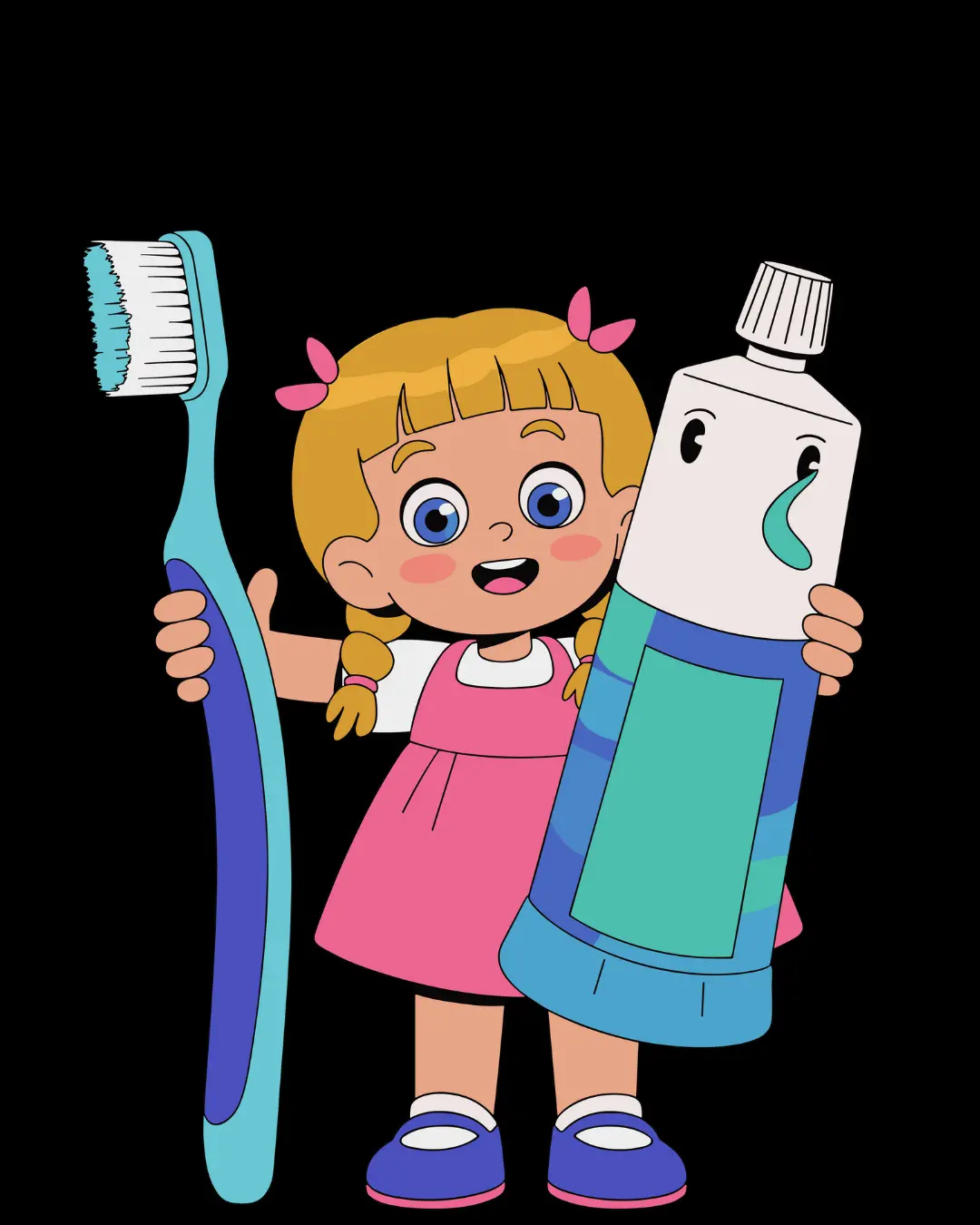What is Nursing Bottle Decay and How Can It Be Prevented?
Recommendations by Dr. Manasi Shimpi, Pediatric Dentist in Delhi
Nursing bottle decay, also known as baby bottle tooth decay, is one of the most common dental problems in infants and toddlers. It occurs due to prolonged exposure to sugary liquids, including formula, milk, juice, and even breast milk, leading to severe cavities in baby teeth. As a pediatric dentist in Delhi, I often see young children with painful tooth decay that could have been prevented with the right care.
What Causes Nursing Bottle Decay?
1. Frequent and Prolonged Bottle Use
When babies fall asleep with a milk or juice bottle, sugars stay on their teeth for hours, feeding bacteria that cause cavities.
2. Nighttime Breastfeeding Without Oral Care
While breast milk alone doesn’t cause cavities, frequent nighttime feeds without cleaning teeth can contribute to decay.
3. Sugary Drinks in Bottles or Sippy Cups
Giving juices, sweetened milk, or sugary formula in bottles increases the risk of cavities.
4. Lack of Oral Hygiene
Not cleaning an infant’s gums and teeth regularly allows plaque buildup and bacteria growth.
How to Prevent Nursing Bottle Decay
1. Avoid Bedtime Bottles
Never let your baby sleep with a bottle filled with milk, formula, or juice.
If your child needs comfort, offer plain water instead.
2. Clean Teeth and Gums Regularly
Before teeth erupt, wipe your baby’s gums with a soft, damp cloth after feeding.
Once teeth appear, brush with a soft-bristled toothbrush and a tiny smear of fluoride toothpaste twice daily.
3. Encourage Cup Drinking by Age One
Introduce a regular cup instead of a bottle around the first birthday.
This reduces prolonged exposure to sugary liquids.
4. Limit Sugary Foods and Drinks
Avoid giving juice, flavored milk, or sweetened drinks in a bottle or sippy cup.
Stick to plain milk and water for hydration.
5. Schedule Early Dental Visits
Visit a pediatric dentist by age one or when the first tooth erupts.
Regular checkups help detect early signs of decay and prevent major issues.
Why Baby Teeth Matter
Many parents assume baby teeth aren’t important because they’ll fall out. However, healthy baby teeth are crucial for:
✔ Proper chewing and digestion
✔ Speech development
✔ Holding space for permanent teeth
✔ Preventing future orthodontic issues
Experts recommend discontinuing nighttime feeding between 6 to 12 months of age, depending on whether the baby is formula-fed or breastfed:
Formula-fed babies: Night feeds can often be stopped by 6 months, as most babies can consume enough calories during the day.
Breastfed babies: Some may continue night feeds until 9 to 12 months, but by this age, they no longer need it for nutrition—it’s more for comfort.
Signs Your Baby is Ready to Stop Night Feeds
✔ Can sleep for 6–8 hours without waking up hungry.
✔ Is eating enough solid foods and milk during the day.
✔ Wakes up out of habit, not hunger.
How to Wean Night Feeds Gradually
✅ Reduce feeding time or amount of milk slowly.
✅ Offer comfort in other ways (rocking, patting, cuddles).
✅ Try giving water instead of milk.
✅ Encourage more daytime calories.
By 12 months, most babies do not need night feeds, and stopping them can help prevent baby bottle tooth decay and improve better sleep habits. If your child still relies on night feeds beyond this age, consult a pediatric dentist or pediatrician for guidance.
Book an Appointment at HNM Dental Centre Today!
Conclusion
Preventing nursing bottle decay is simple with the right habits. As a pediatric dentist, I emphasize early dental care, proper hygiene, and healthy feeding habits to ensure strong, cavity-free teeth for your child.










